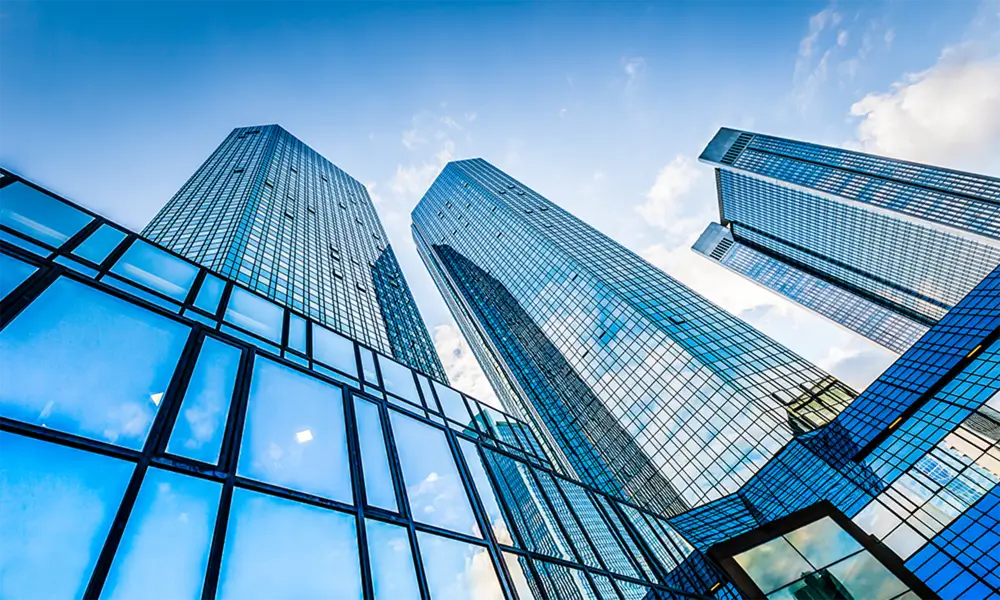

The Float Glass Factory A Testament to Modern Manufacturing
In the realm of modern manufacturing, the float glass factory stands out as an exemplar of innovation, efficiency, and environmental consciousness
. This type of facility is dedicated to producing high-quality flat glass, which is used in a myriad of applications, from windows and mirrors to automotive and architectural designs.The process of manufacturing float glass, invented by Sir Alastair Pilkington in the 1950s, is renowned for its simplicity and effectiveness. At the heart of this technique lies the principle of floating molten glass on top of molten tin. This results in a perfectly smooth and uniform sheet of glass without the need for further polishing or grinding. The raw materials used in float glass production typically include silica sand, soda ash, and limestone, which are melted together in a furnace at temperatures exceeding 1,600 degrees Celsius.
Once these ingredients reach the desired molten state, they are carefully poured onto a bed of molten tin. As the glass floats on the tin, it spreads out evenly, forming sheets that can reach impressive sizes. The rate of production is remarkable; a typical float glass line can produce several hundred tons of glass per day. This efficiency positions the float glass factory as a crucial player in the building materials industry, supplying both local and global markets.

Environmental considerations are paramount in today's manufacturing landscape, and float glass factories are no exception. Many of these facilities have adopted sustainable practices to minimize their ecological footprint. Advanced technologies are employed to reduce energy consumption and waste generation throughout the production process. For instance, by utilizing waste heat from the furnace, manufacturers can significantly lower energy usage. Additionally, many float glass factories recycle cullet, or waste glass, which not only conserves raw materials but also reduces melting temperatures, further saving energy.
Moreover, the applications of float glass are vast and continually evolving. In architectural contexts, it allows for the creation of stunning facades that enhance the visual appeal of modern buildings while ensuring safety and durability. In the automotive industry, advanced float glass is used to produce windshields and side windows that are lightweight yet strong, contributing to fuel efficiency and passenger safety. Innovations, such as low-emissivity coatings, have also been developed to improve the energy efficiency of buildings, reflecting heat in summer and retaining warmth during winter, thus reducing reliance on heating and cooling systems.
The global demand for float glass continues to rise, driven by urbanization and the growing need for sustainable building practices. As cities expand and evolve, the significance of high-quality glass products in architectural design and functionality cannot be overstated. Countries across the globe are investing in the construction of new float glass factories to meet this demand, a trend that reflects a broader commitment to advancing manufacturing capabilities while adhering to environmental standards.
In conclusion, float glass factories symbolize the intersection of technology, sustainability, and artistry in manufacturing. Their innovative processes not only produce essential materials for modern society but do so in a way that respects the environment. As the world looks to the future, the float glass industry will undoubtedly play a crucial role in shaping our built environment, paving the way for a more sustainable and aesthetically pleasing world. With ongoing advancements in production techniques and a strong commitment to sustainable practices, these factories are poised to continue their pivotal contribution to industries worldwide.